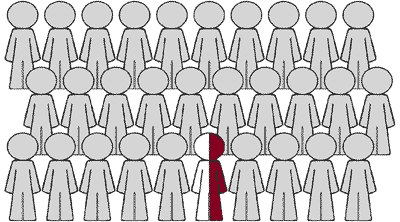Great! You have answered some of the questions correctly. You are being redirected to the beginning of this section as you need to answer all questions correctly in order to move to the next section.
The body is composed of billions of cells, each of which contains our genetic material. The units of this genetic material are called genes. Each gene has a specific function and together they determine how the body works including an individual’s growth and development, trait such as height, eyes and hair color, or the way a substance is transformed in the body.
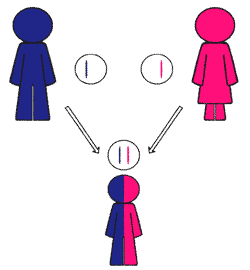 | Each individual has two copies of every gene; one is inherited from the father and the other one from the mother. |
A genetic change occurring in one copy of a gene causes the gene to stop functioning properly. A genetic change is called a mutation.
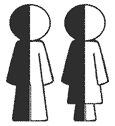 | A carrier is an individual who is not affected by the genetic condition he is a carrier of and will never be. A carrier has one copy of a gene that does not function properly because of a mutation (genetic change). However, the other copy, the functional copy, works well enough that the individual is not affected by the condition. |
|
Condition |
Carrier frequency in the AJ population |
Tay-Sachs disease
|
|
Tay-Sachs disease (TSD) |
1 carrier in 30 people |
|
|
Familial dysautonomia (FD) |
1 carrier in 32 people |
|
|
Canavan disease (CD) |
1 carrier in 40 people |
|
|
Carrier frequencies for the conditions for which the MUHC offers screening range from 1 in 30 to 1 in 40. As an example, the illustration shows that if we take 30 individuals from the Ashkenazi Jewish (AJ) community, 1 will be a carrier of Tay-Sachs disease and the other 29 will not. The carrier frequencies of these conditions in individuals of non-AJ ancestry are very low. |
||
Recessive Mode of Inheritance
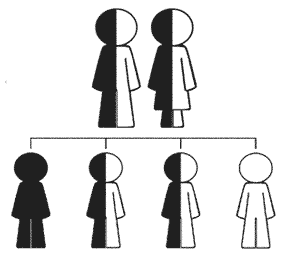 |
TSD, CD and FD are recessively inherited conditions. This means that two partners need to be carriers of the same condition in order to have an affected child. For each pregnancy, they have a chance of...
|
| Affected Carrier Carrier Non-carrier |
In Other Words…
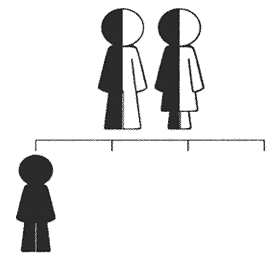 |
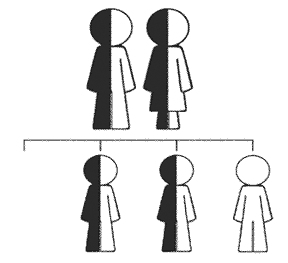 |
|
For each pregnancy, there is a chance of 1 in 4 of having a child who is affected |
For each pregnancy, there is a chance of 3 in 4 of having a child who is unaffected |
|
Condition |
Chance that an AJ couple have a child who is affected |
|
Tay-Sachs disease |
Less than 0.03% (or less than 1 out of 3600) |
|
Familial dysautonomia |
|
|
Canavan disease |
|
|
Before a couple from AJ ancestry is tested, their chance to have a child affected with one of the above conditions is less than 0.03%. If one partner has a relative affected with one of these conditions, these probabilities are increased. If one partner is not of AJ ancestry, these probabilities are greatly reduced. Knowing if you or your partner is a carrier will help modify the above probabilities and give you a more individualized risk to have a child with one of the Jewish genetic disorders. |
|
QUIZ
Please answer the following questions. You will be able to move to the next section once you have answered them all correctly. (Note that you will be redirected to the beginning of this section if you do not answer all questions correctly.)
If some of the answers were incorrect, the page will redirect here
If all of the answers were correct, the page will redirect here

